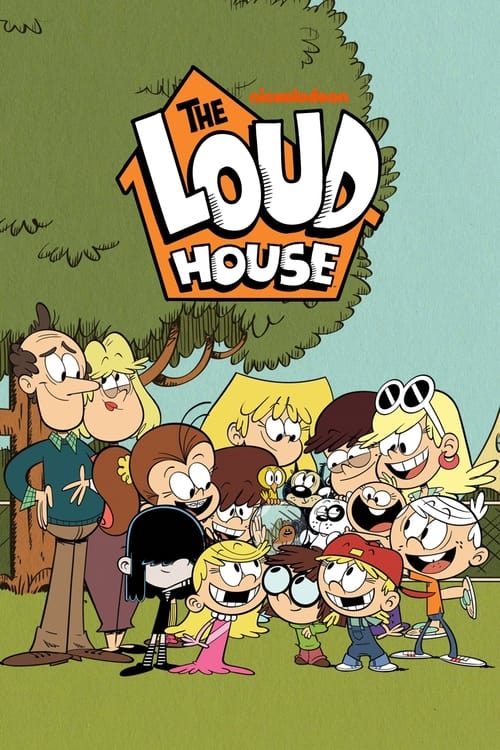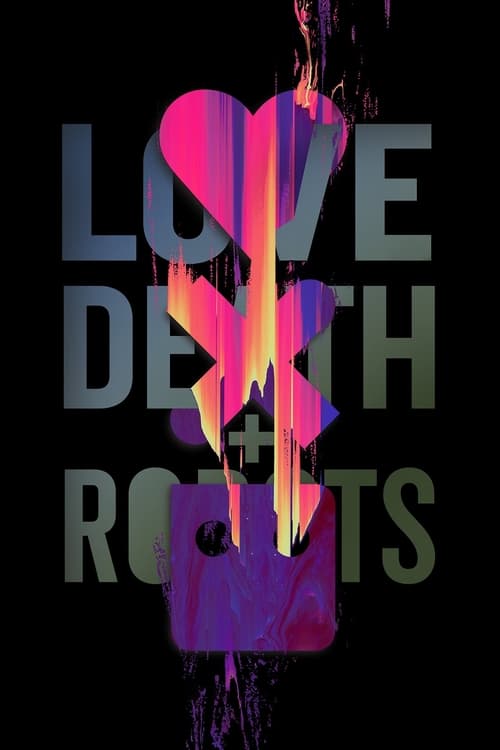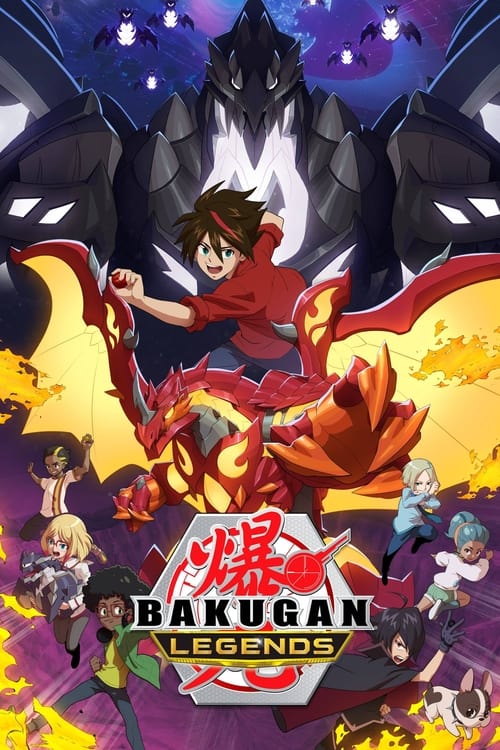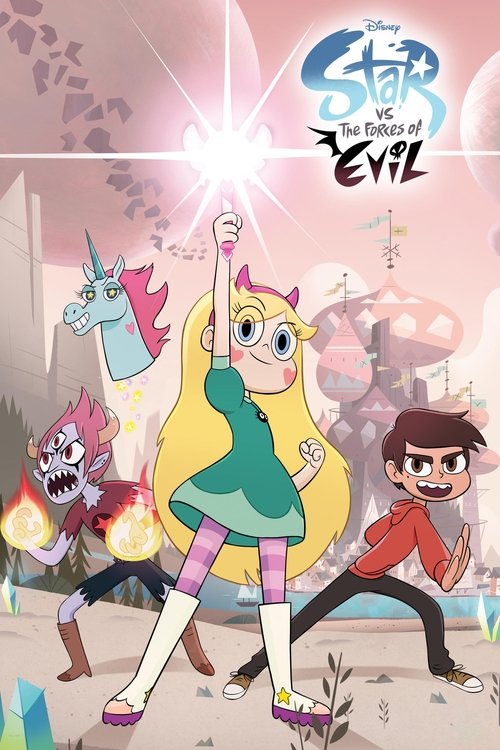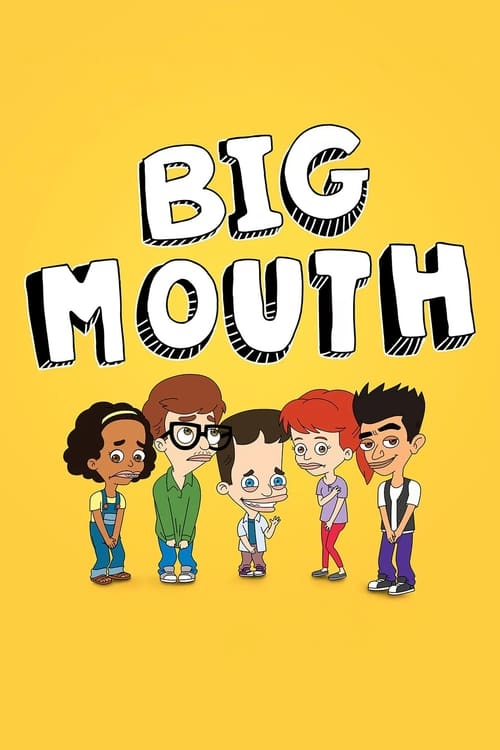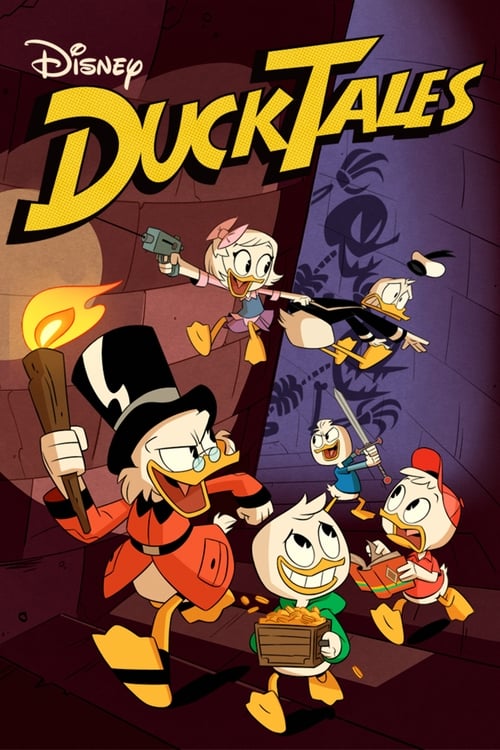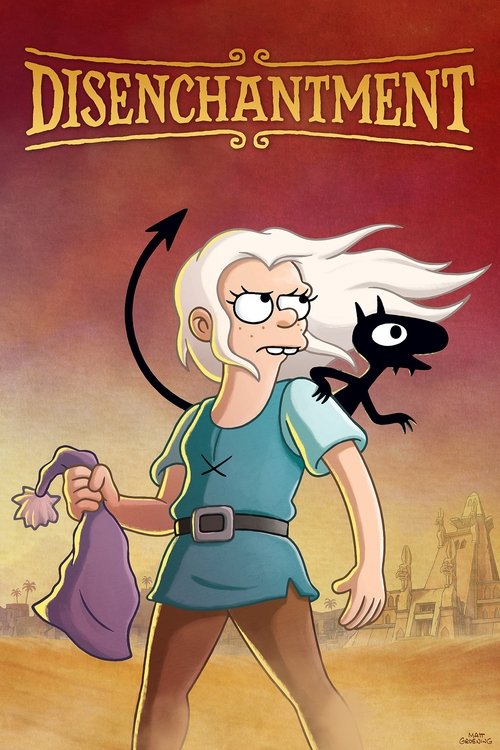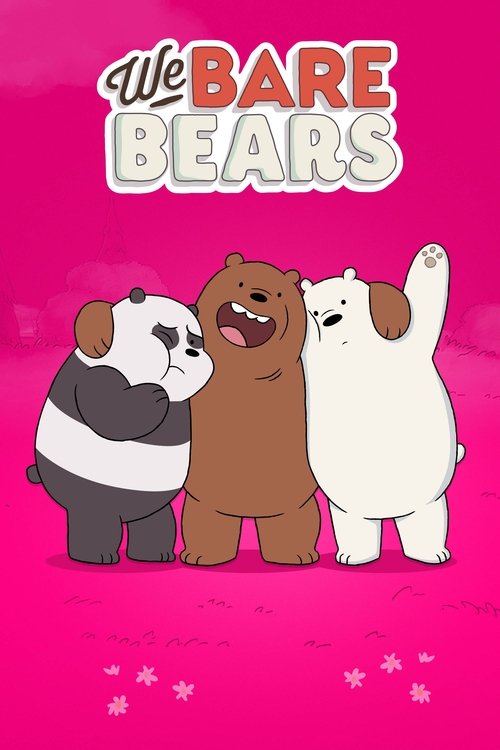
Ask Your Own Question
What is the plot?
Bluey and Bingo are playing a game of "Taxi" in their living room. Bluey takes on the role of the taxi driver, while Bingo is the passenger. They use a cardboard box as their taxi, and Bluey enthusiastically pretends to drive around, making engine noises and mimicking the experience of a real taxi ride. The excitement builds as they decide to pick up their dad, Bandit, who is sitting on the couch.
Bluey and Bingo approach Bandit, who is initially reluctant to play along. However, Bluey convinces him to join in by offering him a ride. Bandit gets into the cardboard taxi, and Bluey pretends to drive him to various destinations, such as the park and the shops. The playful banter between the characters adds to the fun, with Bandit humorously pretending to be a demanding passenger.
As they continue their game, Bluey and Bingo decide to pick up their mum, Chilli, who is in the kitchen. They call out to her, and she playfully declines at first, but eventually agrees to join the taxi ride. The dynamic shifts as Chilli enters the taxi, and the children have to navigate the challenges of accommodating another passenger. The game becomes more complex, with Bluey and Bingo trying to keep everyone happy while managing their roles as taxi drivers.
The scene transitions to the backyard, where Bluey and Bingo are still playing taxi. They encounter various obstacles, such as pretending to stop for traffic lights and dealing with imaginary roadblocks. The children's creativity shines as they invent scenarios that require them to think on their feet. They take turns being the driver and the passenger, showcasing their ability to adapt to the changing dynamics of the game.
As the game progresses, Bluey and Bingo start to argue over who gets to be the driver. The tension rises as they both want to take control of the taxi. Bandit, observing their disagreement, steps in to mediate. He encourages them to find a solution that allows both of them to have fun. This moment highlights the importance of cooperation and sharing in their play.
After some negotiation, Bluey and Bingo come up with a compromise: they will take turns being the driver. This resolution brings a sense of relief and excitement back into the game. They continue their taxi adventures, picking up imaginary passengers and making silly stops along the way. The joy of playing together is evident as they laugh and enjoy each other's company.
The episode culminates in a final scene where Bluey and Bingo decide to take a longer trip in their taxi. They pretend to drive to a faraway destination, filled with enthusiasm and energy. As they drive, they share their dreams of where they would like to go, creating a whimsical narrative that reflects their imaginations. The game concludes with a sense of fulfillment, as they realize the joy of playing together and the adventures they can create in their own backyard.
What is the ending?
In the ending of the episode "Taxi," Bluey and Bingo successfully complete their taxi ride, delivering their passenger, Dad, to his destination. They celebrate their successful adventure, feeling proud of their teamwork and the fun they had along the way.
As the episode unfolds, Bluey and Bingo are playing a game of taxi, where they take turns being the taxi driver and the passenger. The scene begins with Bluey and Bingo enthusiastically preparing for their taxi service, setting up their toy car and donning makeshift driver hats. Their excitement is palpable as they discuss the rules of their game, emphasizing the importance of being good taxi drivers.
The first scene features Bluey as the taxi driver, with Bingo as the passenger. They drive around the living room, with Bluey enthusiastically calling out the destinations. Their father, Bandit, enters the scene, and they decide to pick him up as their first passenger. Bandit plays along, humorously pretending to be a demanding customer, which adds to the playful atmosphere. Bluey and Bingo navigate their way through the house, showcasing their imaginative play and the joy of their shared experience.
As the game progresses, the sisters take turns driving and being passengers, each time adding new elements to their adventure. They encounter various challenges, such as traffic jams (represented by toys) and the need to follow the rules of the road. Their interactions are filled with laughter and creativity, highlighting their bond as siblings and their ability to work together.
In a pivotal moment, Bluey and Bingo decide to take a longer route to make the ride more exciting. They navigate through the living room, kitchen, and even outside, showcasing their imaginative play. Bandit, still in character, provides humorous commentary, further enriching the experience. The girls' enthusiasm is infectious, and they embody the spirit of adventure as they explore their surroundings.
As they near the end of their taxi ride, Bluey and Bingo successfully deliver Bandit to his destination. They celebrate their accomplishment, feeling proud of their teamwork and the fun they had along the way. The episode concludes with the sisters reflecting on their adventure, reinforcing the themes of creativity, cooperation, and the joy of imaginative play.
In the final moments, Bandit expresses his appreciation for the ride, and Bluey and Bingo share a moment of triumph, solidifying their bond as siblings and the joy of their shared experience. The episode ends on a high note, leaving the audience with a sense of warmth and happiness, encapsulating the essence of childhood play and the importance of family connections.
Is there a post-credit scene?
In the episode "Taxi" from season 1 of Bluey, there is no post-credit scene. The episode concludes without any additional content after the credits roll. The focus remains on the main storyline, which revolves around Bluey and Bingo playing a game of taxi with their dad, Bandit. The episode captures the playful interactions and imaginative scenarios that unfold during their game, emphasizing themes of family bonding and creativity.
What role does Bingo play in the taxi game?
In the episode 'Taxi', Bingo plays the role of the passenger in the taxi game that Bluey and her dad, Bandit, are playing. She enjoys the experience of being driven around and often expresses excitement and joy during the ride.
How does Bluey feel about being the taxi driver?
Bluey feels a sense of responsibility and excitement about being the taxi driver. She takes her role seriously, wanting to provide a good service to her passengers, which includes her sister Bingo and later her dad, Bandit.
What is Bandit's reaction to Bluey's taxi service?
Bandit, as the passenger, plays along with Bluey's taxi game, showing enthusiasm and engagement. He humorously interacts with Bluey, providing her with feedback and encouragement, which helps to enhance the playful atmosphere of the game.
What challenges do Bluey and Bingo face during their taxi game?
During their taxi game, Bluey and Bingo face challenges such as navigating around obstacles in their home and dealing with the imaginative scenarios they create, like picking up and dropping off passengers. These challenges add to the fun and creativity of their play.
How does the episode illustrate the concept of role-playing?
The episode illustrates role-playing through Bluey and Bingo's interactions as they take on the roles of taxi driver and passenger. Their imaginative play allows them to explore different perspectives and scenarios, showcasing the importance of creativity in their relationship and development.
Is this family friendly?
In the episode "Taxi" from Bluey, season 1, there are no overtly objectionable or upsetting scenes. The episode is designed to be family-friendly and suitable for children. However, some sensitive viewers might find the following aspects to consider:
-
Frustration and Disappointment: There are moments where characters experience mild frustration or disappointment, which could resonate with children who may be sensitive to emotional conflicts.
-
Role-Playing Scenarios: The episode involves role-playing that might lead to misunderstandings or conflicts among the characters, which could evoke feelings of tension.
-
Emotional Expressions: Characters express a range of emotions, including excitement and impatience, which might be intense for very young viewers.
Overall, the episode maintains a light-hearted tone and focuses on imaginative play, making it appropriate for a family audience.




